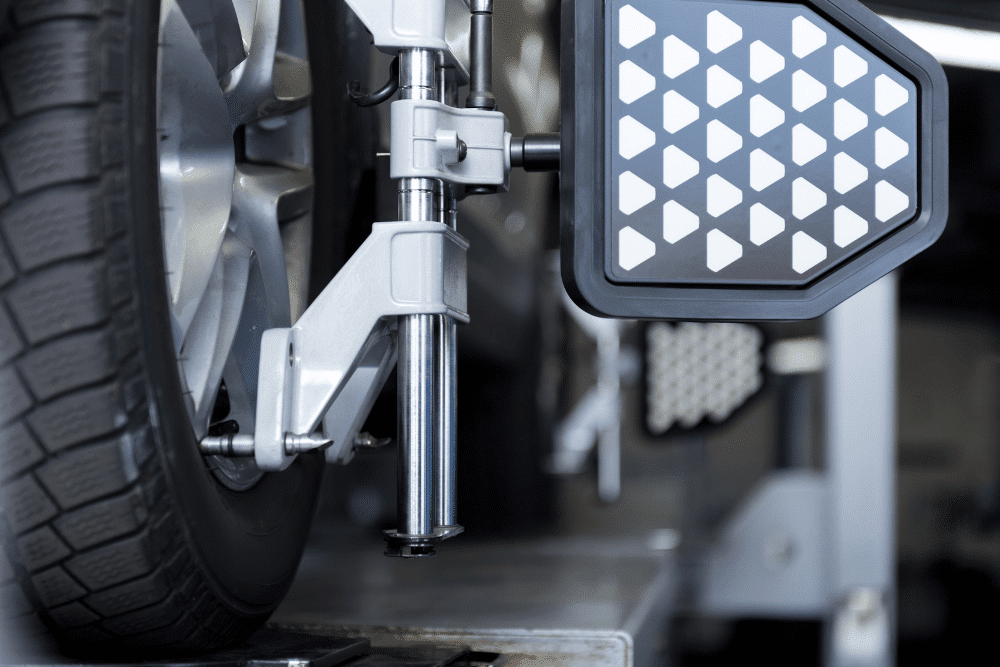The Benefits of Fall Alignment Checks: Don’t Let Your Car Drift This Winter
smp-hemlock • October 30, 2024
Discover expert wheel alignment services at Hemlock Auto & Alignment in Hemlock, MI. Enhance vehicle safety & performance. Visit us today!
The changing of the seasons signals more than just cooler weather—it’s a reminder to get your vehicle winter driving prep done. While many focus on winter tires, a fall alignment check is just as important to ensure your car handles properly. Without proper car alignment, your vehicle may pull or drift, making it harder to control, especially on icy roads.
At Hemlock Auto & Alignment , we offer expert alignment check services to keep your vehicle on track. Let’s look at why this simple fall maintenance check can make all the difference when winter hits.

An alignment check ensures your car’s suspension alignment angles are properly adjusted, so your tires make optimal contact with the road. Misalignment can cause your car to pull to one side, lead to uneven tire wear, or affect your steering.
This process improves handling, prevents uneven tire wear, and ensures a safer ride, especially for winter driving prep.
Fall is the ideal season for an alignment check, and here’s why:
Look out for these signs that your car may need an alignment check:
If you notice any of these, schedule your fall alignment check before winter sets in.
Here’s what you gain from making alignment checks part of your fall maintenance routine:
A properly aligned vehicle improves traction and control, which is crucial on icy or snowy roads. Better handling reduces the risk of losing control in winter conditions.
Misaligned tires create extra friction, making your engine work harder and use more fuel. A fall alignment helps optimize fuel efficiency, saving you money at the pump.
Alignment issues cause uneven tire wear, shortening their lifespan. A fall check ensures your tires wear evenly, extending their life and reducing replacement costs.
With proper car alignment, your vehicle drives more smoothly, requiring fewer steering adjustments. This ensures a more comfortable ride, especially on rough winter roads.
While tire alignment is crucial, it also affects several other vehicle components, including:
At Hemlock Auto & Alignment, we make sure that everything from your tires to your suspension and alignment is in top shape.
We’re more than just an auto shop—we’re your trusted partners in vehicle care. Here’s what sets us apart:
Don’t wait until winter surprises you with misaligned tires! Be proactive and prepare your vehicle for the challenging months ahead by scheduling a fall alignment check, and other auto repair services with Hemlock Auto & Alignment.
Located at 16575 Gratiot Road, Hemlock, MI 48626 , our team is ready to help keep your vehicle safe and running smoothly this winter. Booking your appointment is easy—visit our website to schedule online, or give us a call at 989-642-4423 and speak with one of our friendly team members today!
Hemlock Auto & Alignment proudly serves the Hemlock, MI area with reliable, honest repairs.
Hemlock Auto & Alignment
Mon – Fri: 8:00 AM – 5:00 PM
Services
Services




© 2025 Hemlock Auto & Alignment. All Rights Reserved | Website managed by Tekmetric